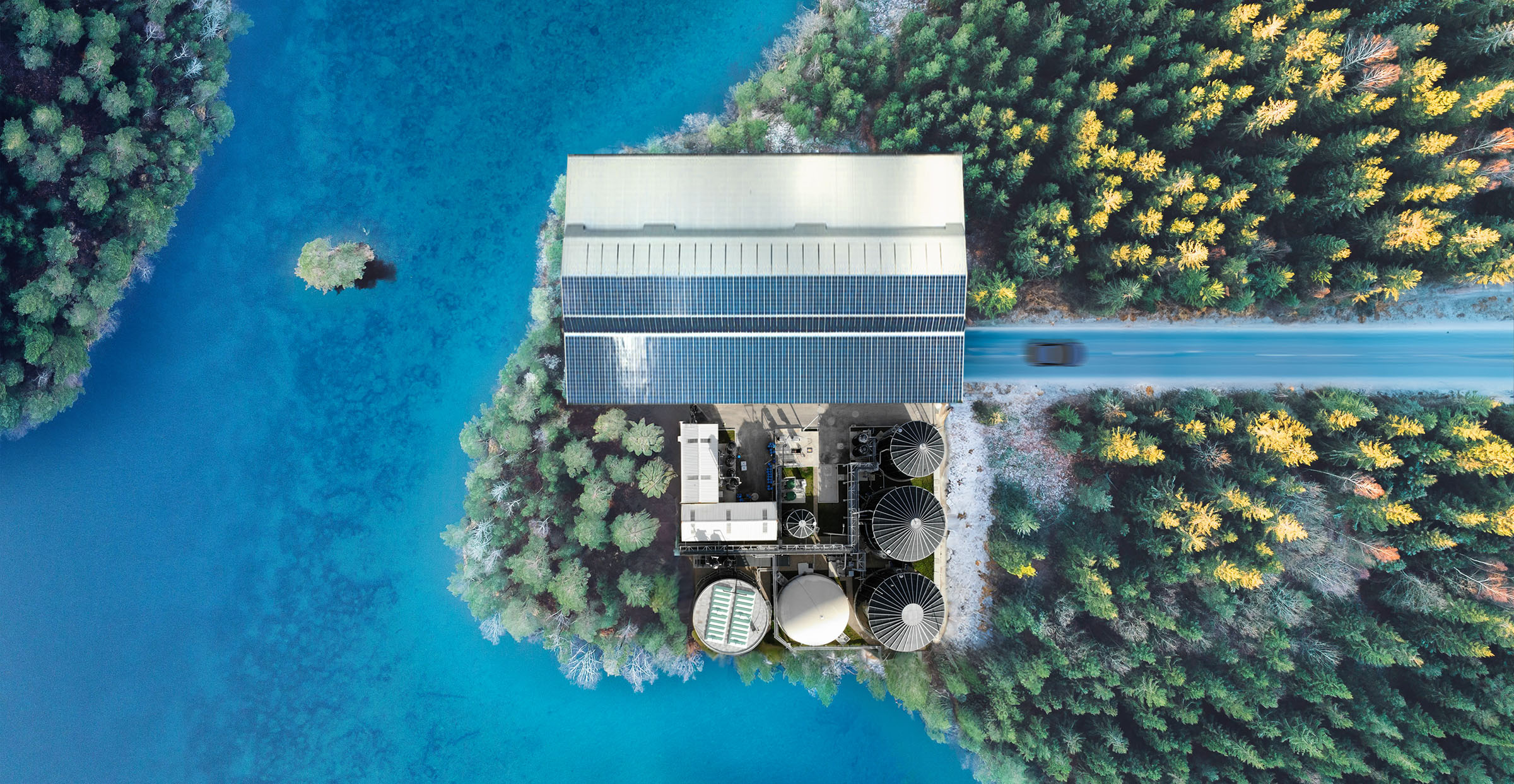As the #COP27 is ongoing in Sharm El Sheikh, possibly the home of the most beautiful and well-preserved scuba diving site, let’s talk about what #CO2emissions do to underwater life. Spoiler – it is responsible for a looming, often overlooked, ecological catastrophe: #oceanacidification.
Seawater is slightly alkaline and has been so for hundreds of millions of years [1]. In contrast, CO2 is an acidic gas. Therefore, a neutralization reaction occurs when the atmospheric CO2 meets seawater, causing the CO2 to dissolve in the ocean. The ocean absorbs about 30% of anthropogenic CO2 emissions [2], which makes it the most significant CO2 sink on our #planet. However, this absorbance of atmospheric CO2 has a heavy ecological price – the ocean becomes increasingly acidic over time, which endangers marine organisms.
The vast majority of the marine life we know today evolved in an alkaline ocean, which means that these marine organisms rely on the sea being alkaline. The best example is that many organisms, from #microalgae to #mollusks and #corals, grow a skeleton made of aragonite. Acidic water chemically attacks aragonite, which already slows the growth and proliferation of these organisms [3].
Today, the water is still alkaline enough to maintain existing aragonite skeletons. However, this may change in the following decades if we do not reduce CO2 emissions and remove CO2 that we have already emitted. According to a study [4], if the atmospheric CO2 levels hit the 560 ppm mark, the ocean’s acidity may be such that aragonite dissolves. Corals, marine mollusks, and many other species will disappear with it. When the study was published in 2009, the atmospheric CO2 level was 388 ppm [5]; now, it is 418 [6] and is exponentially rising.
The #IPCC analyzed several scenarios of socioeconomic development for CO2 emissions. Out of these scenarios, only in #netzero2050 and in #netzero2075 do the atmospheric CO2 levels not exceed 560 ppm [7]. We should consider that when setting our #decarbonisation goals. We have only one chance to do things right.
In the picture: The beautiful white cliffs of Dover, another structure made of the skeletons of marine microorganisms (source: Wikipedia).
development #ocean #climatechange #oceanconservation





